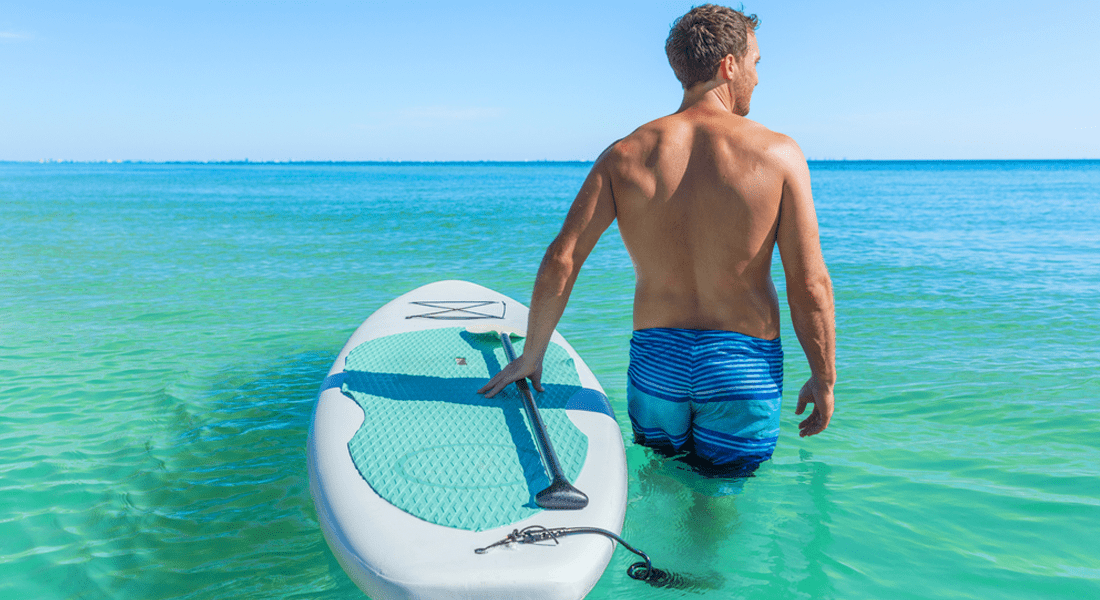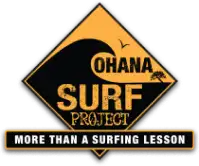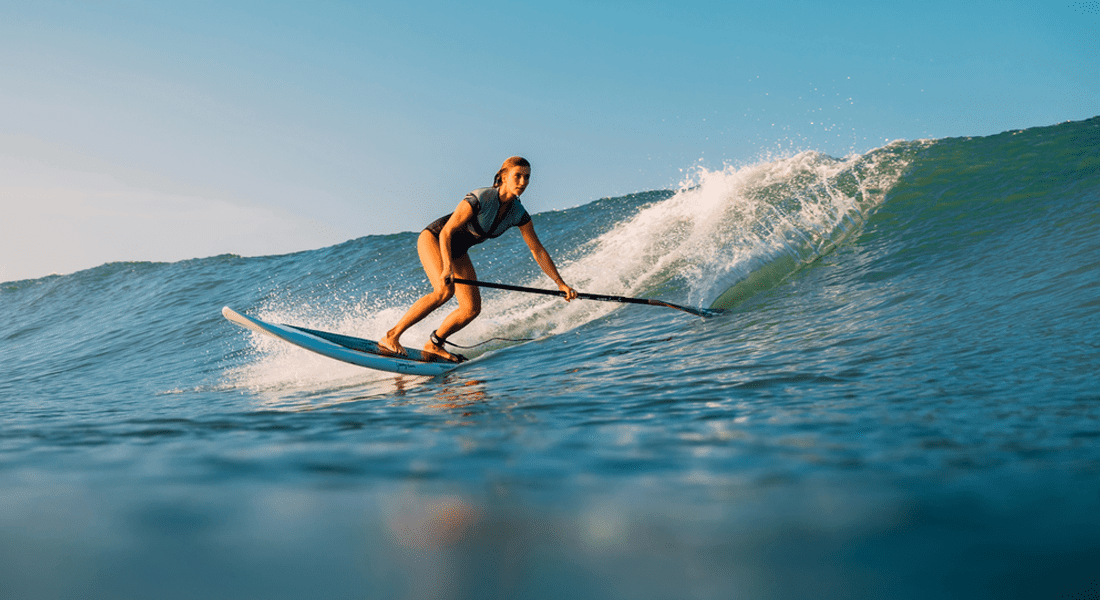
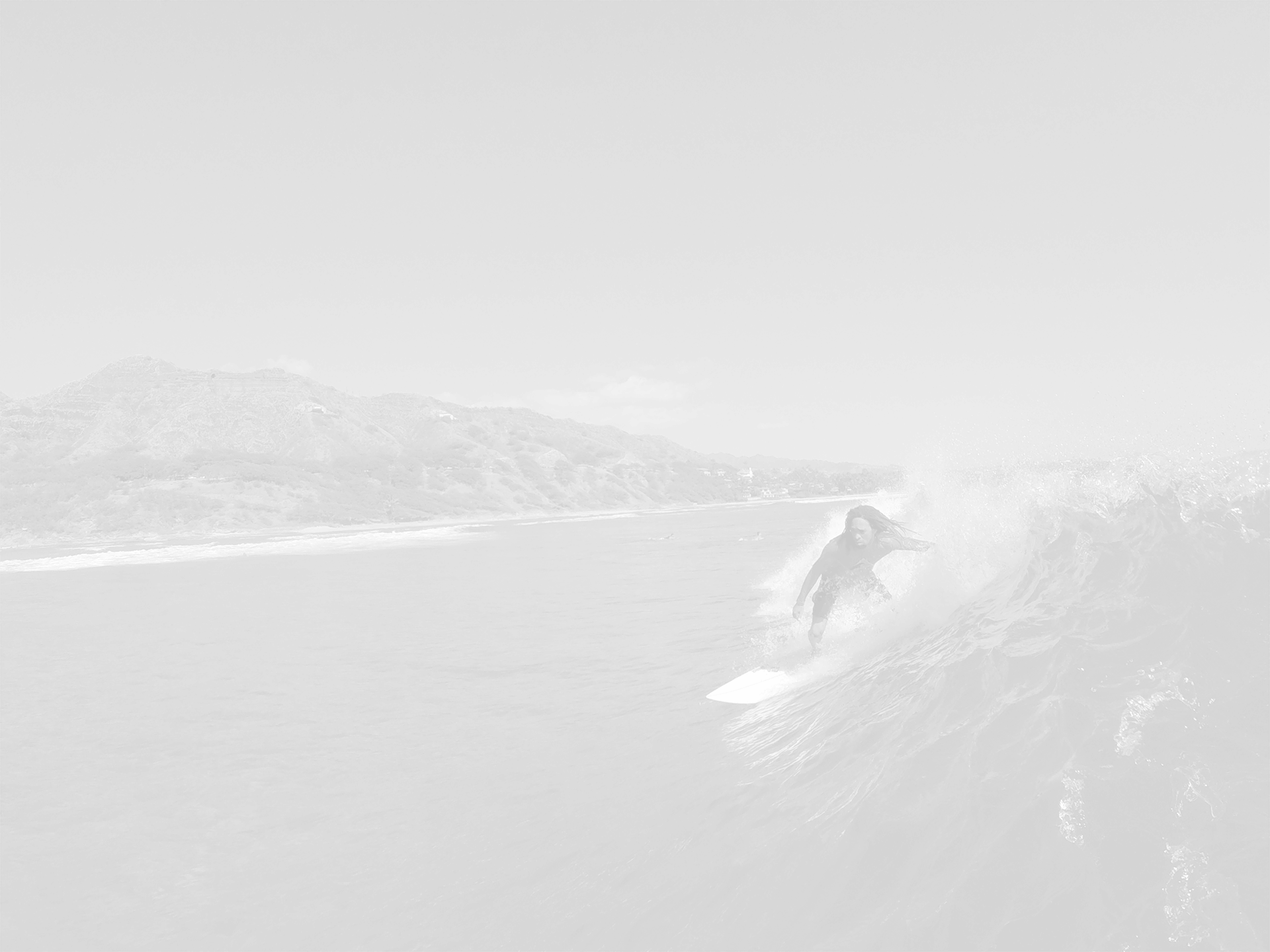


What To Wear To A Surf Lesson?
Trying to figure out what to wear to a surf lesson? You’re not alone. Picking the right outfit can make your first day on the water easier, safer, and way more fun. You don’t need to shop for expensive gear, but you should show up with a few basics that fit the conditions. This post breaks down what works, what doesn’t, and how to feel confident stepping into the surf.
Think Function First, Not Fashion
Most beginners assume they need to look the part, but that’s not the point. Surfing is a workout. You’ll be paddling, popping up, falling, and swimming, sometimes all in the first five minutes. So, your clothing should stretch, stay on in the water, and protect you from the sun.
Avoid loose, cotton-based items. They soak up water and weigh you down. Instead, stick to quick-dry materials made for water sports. Rash guards, swimsuits, and boardshorts are your best friends.
For women, it’s smart to wear a one-piece suit or a two-piece with solid support. Skip ties and strappy designs that can come loose. Men should go with snug-fitting boardshorts that won’t ride down or balloon up when you wipe out.
Rash Guards: A Surfer’s Best Layer
Rash guards are tight, stretchy shirts made from nylon or polyester blends. They help prevent rashes from your chest rubbing against the board and offer extra sun protection. Even on cloudy days, UV rays bounce off the water and hit your skin from below.
A short-sleeve rash guard works great in warm weather. Long sleeves are better when the sun is intense or if the water feels a bit chilly. Bonus: they’re easier to take on and off than wetsuits and dry quickly between sessions.
Some surf schools might loan rash guards with their branding on them. If they do, great. If not, consider bringing your own. They’re lightweight, affordable, and easy to pack.
Wetsuits: When and Why You’ll Want One
If you’re surfing somewhere warm like Hawaii, you probably won’t need a wetsuit. But in cooler water, it can make a big difference. A wetsuit keeps your body warm by trapping a thin layer of water next to your skin, which your body heat warms up. That thin layer acts as insulation.
Thickness matters. A 2mm shorty wetsuit might be perfect for spring or fall. A 3/2 full suit works better in colder climates. Ask your surf school what the water’s like. If it’s below 72°F (22°C), you’ll probably want at least a spring suit.
Wetsuits should feel snug but not tight. You want a full range of motion in your arms and legs. If you're borrowing one, allow extra time before your lesson to find a good fit.
Learn More About Us

Boardshorts and Swimwear That Work with Movement
Movement is everything in surfing. You’re duck-diving, paddling, and riding. That means your shorts or swimsuit must stay in place and not restrict motion.
Boardshorts built for surfing have features like secure waistbands and four-way stretch. For guys, no mesh lining is ideal. That reduces chafing and lets you move freely. Some surfers wear compression shorts or swim briefs underneath to stay more secure.
Ladies should test their swimwear ahead of time. Jump around, do a few squats, and pull at the fabric. If it shifts too much or doesn’t hold well, it probably won’t work in the water. Pair a sports-style bikini top with high-waisted bottoms or a sporty one-piece for best results.
Footwear: Do You Even Need It?
Most beginner surf lessons happen in warm climates and on sandy beaches. In those settings, you don’t need footwear. Barefoot is best. It gives you a better grip and feel on the board.
But there are a few exceptions. If you’re surfing on a reef or rocky shoreline, surf booties might be recommended. These are soft, grippy shoes made from neoprene that protect your feet from sharp surfaces without getting in the way of your stance.
Check with your instructor if your lesson isn’t on soft sand. If booties are required, they’ll likely tell you ahead of time—or offer them for use. Just make sure they fit tightly and won’t fill with water.
What About Sunscreen and Accessories?
Sun protection matters more than most people expect. Surf lessons often last one to two hours, and you’re exposed the entire time. Apply reef-safe sunscreen before your lesson. Choose a high SPF and water-resistant formula. Pay attention to areas like the back of your neck, ears, and tops of your feet. These spots burn fast and are easy to forget.
Zinc-based face sticks are also helpful. They stay on longer and give added protection for your cheeks and nose. Bring lip balm with SPF, too. Your lips can dry out quickly in the sun and saltwater.
Avoid accessories like jewelry, sunglasses, or watches. These can fall off or get lost in the surf. If you wear contacts, bring a backup pair. Saltwater may wash them out, especially during wipeouts.
Hair, Hats, and Towels
Hair can get in the way when you’re paddling or popping up. Long hair should be tied back. A low ponytail or braid works best. Avoid high buns as they get caught when you lie on the board. If you use hair ties, bring extras. They break often in saltwater.
Hats aren’t recommended in the water unless designed for surf. Standard caps blow off fast. A surf hat with a strap can work for land practice or paddle warm-ups. Still, most people leave their hats onshore.
Towels are something you’ll want after your session. Bring one that’s big enough to dry off and sit on. Quick-dry or microfiber towels take up less space and work great near the beach.
How We Help at Ohana Surf Project
At Ohana Surf Project, we help students prepare with confidence. Before your lesson, we send tips and reminders on what to bring. If you’re unsure about gear, we offer surfboard rentals, rash guards, and optional wetsuits. We also explain what to wear based on current ocean conditions. Our instructors have taught thousands of students, so we’ve seen every outfit choice possible.
We keep the focus on comfort and safety so you can relax and have fun. From private sessions to family lessons, our team is ready to help you make the most of your day in Waikiki.
We also capture your session with water and beach photos. It’s the best way to see your progress and relive your first waves.
Ready to surf? Book your lesson with us today and let us help you hit the waves prepared and confident.
OTHER OSP BLOGS

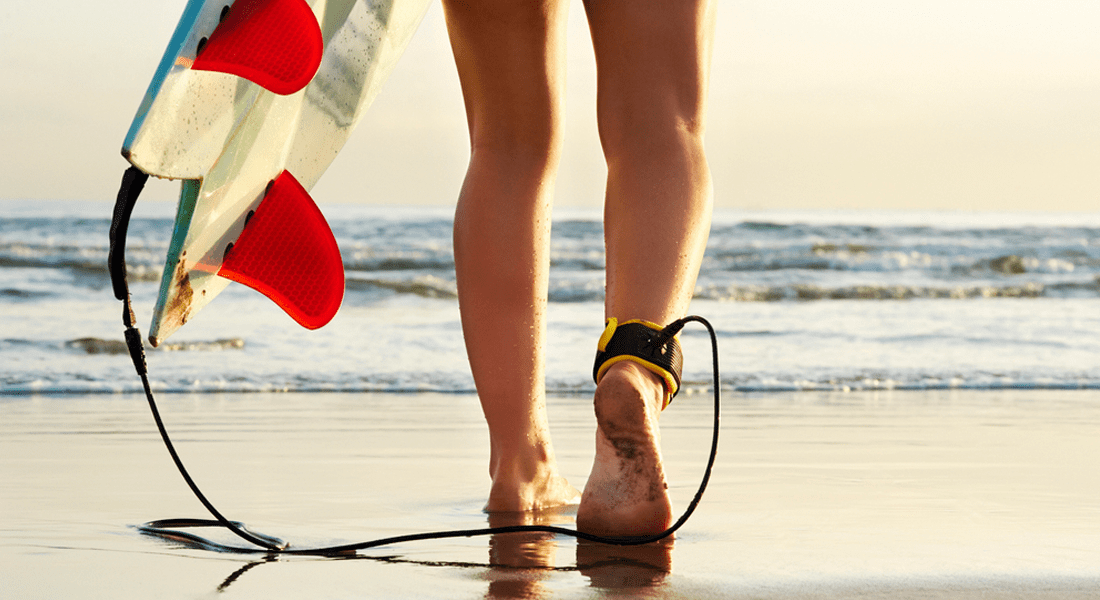
What Size Surfboard Leash Should You Use?
Choosing the right surfboard leash size goes beyond convenience. It affects safety, comfort, and performance in the water. Surfers of all levels rely on their leash to keep the board[...]